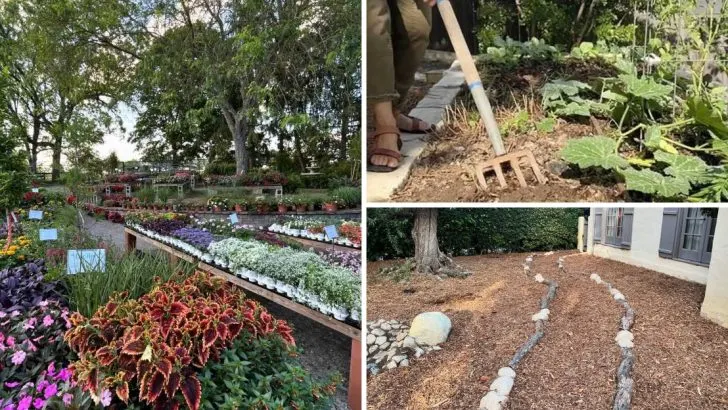The New Year is the perfect time to breathe new life into your garden plans. Whether you’re a seasoned gardener or just starting, making thoughtful updates can boost productivity, enhance beauty, and bring you closer to your gardening goals.
By planning ahead and embracing new ideas, you can create a thriving space that rewards your efforts all year long.
In this guide, we’ll explore 7 practical ways to refresh your garden plans for a productive New Year. From creative layouts to sustainable practices, these tips will help you cultivate a garden that’s both rewarding and enjoyable.
Plan for Seasonal Crops
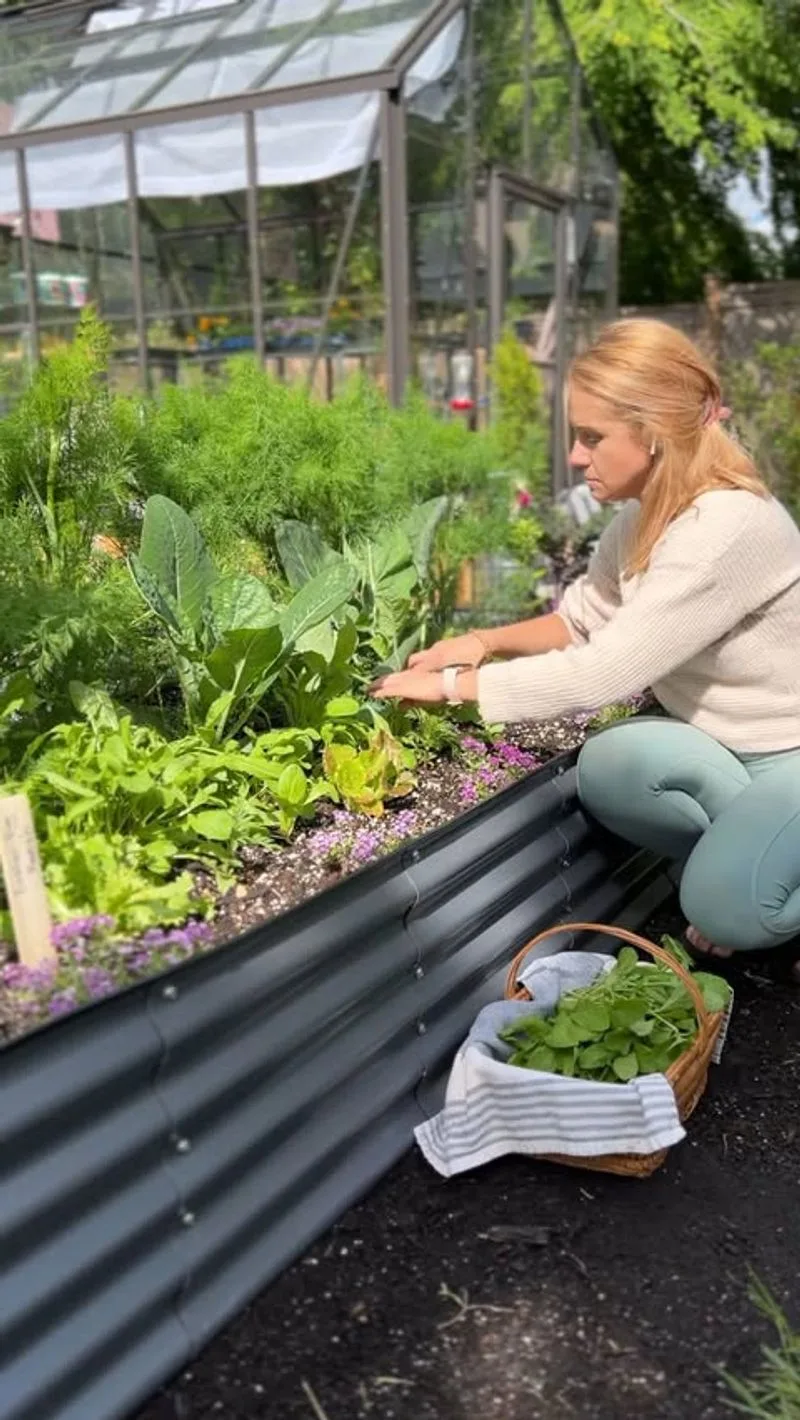
The first step to an abundant garden is understanding the rhythm of the seasons. Begin by identifying which crops thrive during specific times of the year. This knowledge empowers you to stagger planting and harvesting, maximizing yield.
Consider climate variations and how they affect plant growth. Mapping out a seasonal calendar helps in managing crop rotation and reducing pest issues. Dive into local gardening resources to learn about native plants.
Experiment with different vegetables or flowers that may not have been part of your previous plans. This approach brings diversity and resilience to your garden.
Improve Soil Health
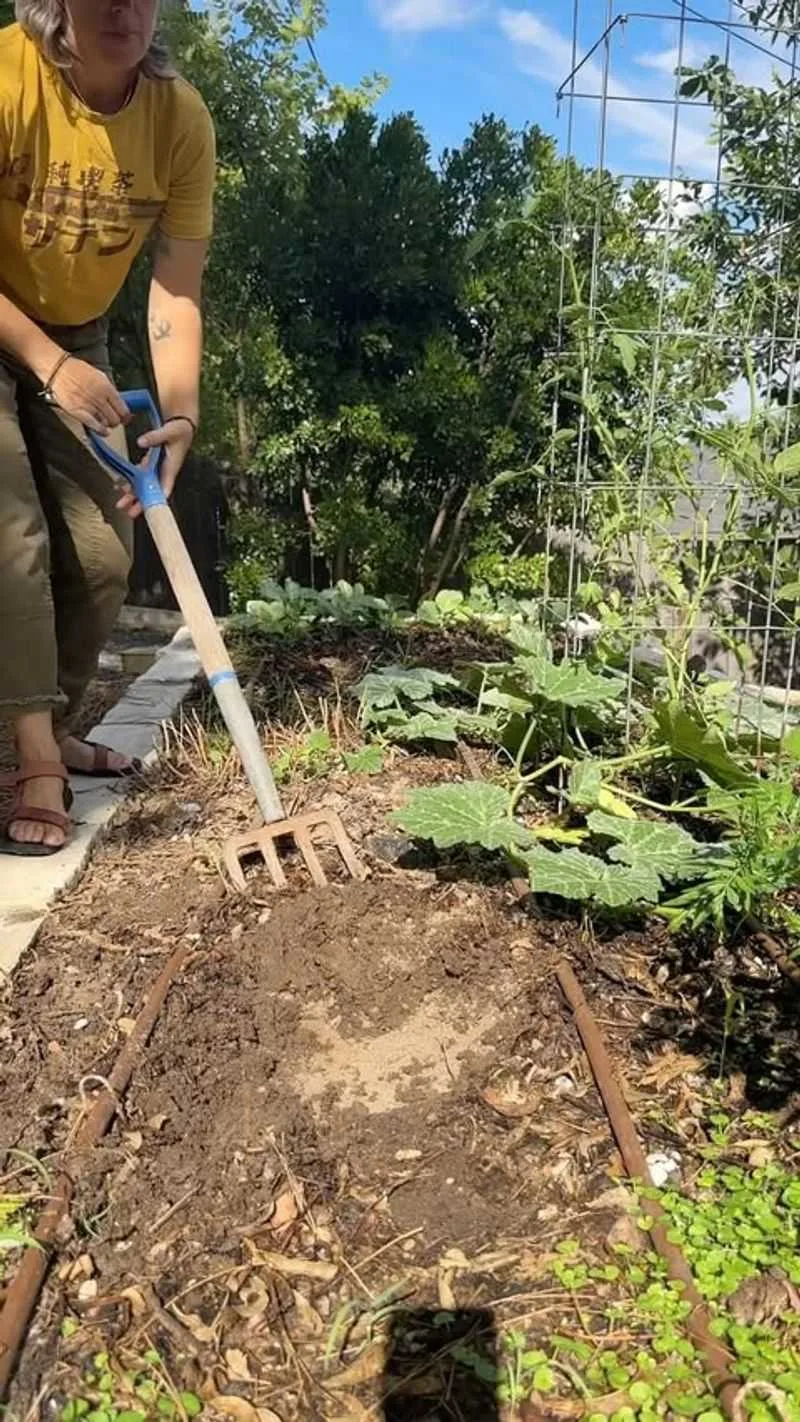
Healthy soil is the foundation of any thriving garden. Start by testing your soil’s pH and nutrient levels to tailor amendments accordingly. Incorporate organic matter like compost or aged manure to improve texture and fertility.
Consider planting cover crops during off-seasons. These not only nourish the earth but also suppress weeds and prevent erosion. Regularly aerating your soil aids in nutrient absorption and promotes root growth.
A rich, well-balanced soil supports robust plant health and enhances flavor in edible crops. Embrace these practices to cultivate an eco-friendly and productive garden environment.
Incorporate Companion Planting
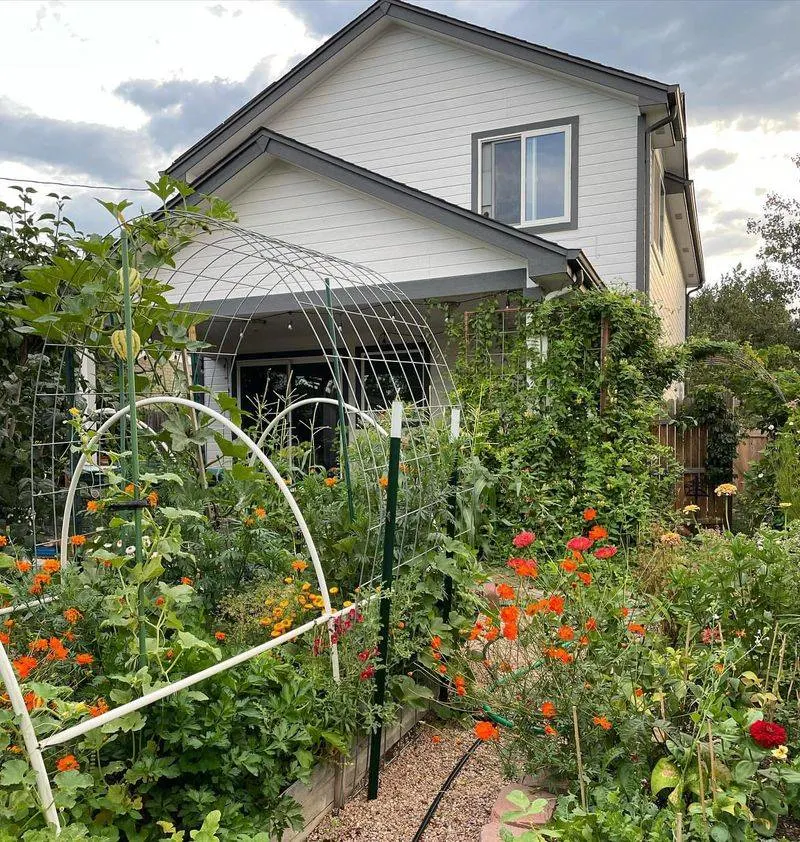
Companion planting is a strategy that pairs plants to boost growth and deter pests. Research which combinations work best in your area to enhance productivity naturally.
By planting basil near tomatoes, you not only improve flavor but also repel insects. Marigolds are excellent for deterring nematodes in vegetable beds.
This method promotes biodiversity and creates a self-sustaining ecosystem. It reduces the need for chemical pesticides and fosters a healthier garden. Explore unexpected pairings and observe the symbiotic relationships that form within your garden space.
Implement Water-Saving Techniques
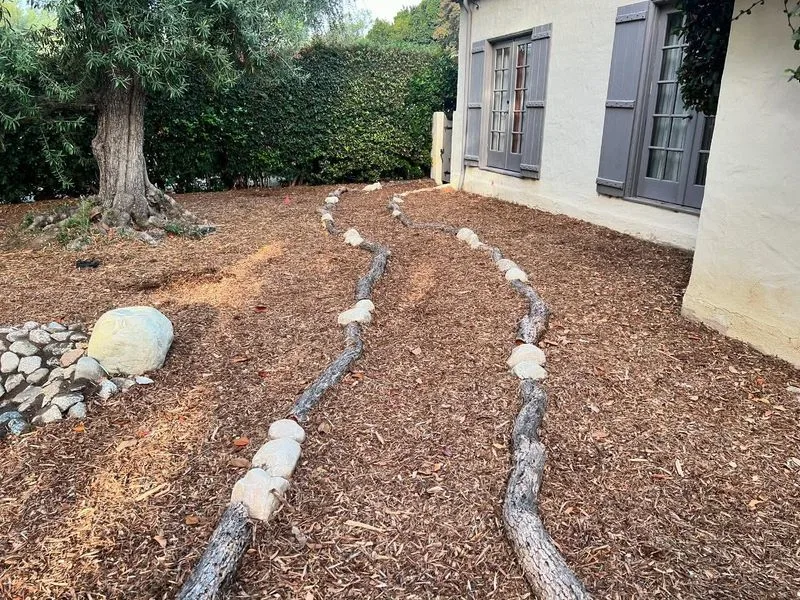
Water conservation is crucial, especially in regions prone to drought. Modern irrigation systems like drip lines ensure efficient water use, delivering moisture directly to plant roots.
Collecting rainwater provides a sustainable water source, reducing dependence on municipal supplies. Mulching garden beds helps retain soil moisture and suppress weeds.
Adopting these techniques not only saves water but also reduces utility bills. Encourage the use of native and drought-tolerant plants to further conserve resources. By being mindful of water use, you contribute positively to environmental stewardship.
Designate Zones for Different Plant Types
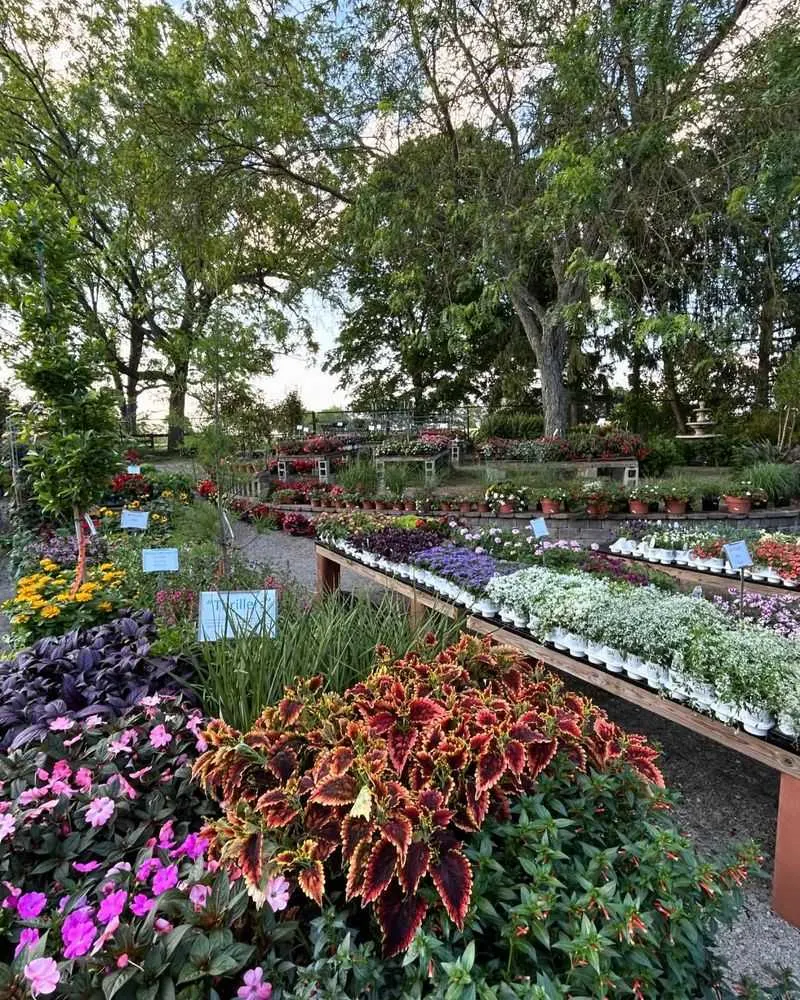
Organizing your garden into zones based on plant types can optimize growth. Create distinct areas for vegetables, herbs, flowers, and fruit trees, considering their unique needs.
This zoning approach facilitates targeted care and ensures compatibility among plants. It simplifies maintenance and allows for easy crop rotation.
Visual appeal is enhanced when plants are grouped harmoniously. Additionally, zones can cater to microclimates within your garden, such as sunny or shaded spots. Thoughtful design encourages efficient use of space and resources.
Integrate Vertical Gardening
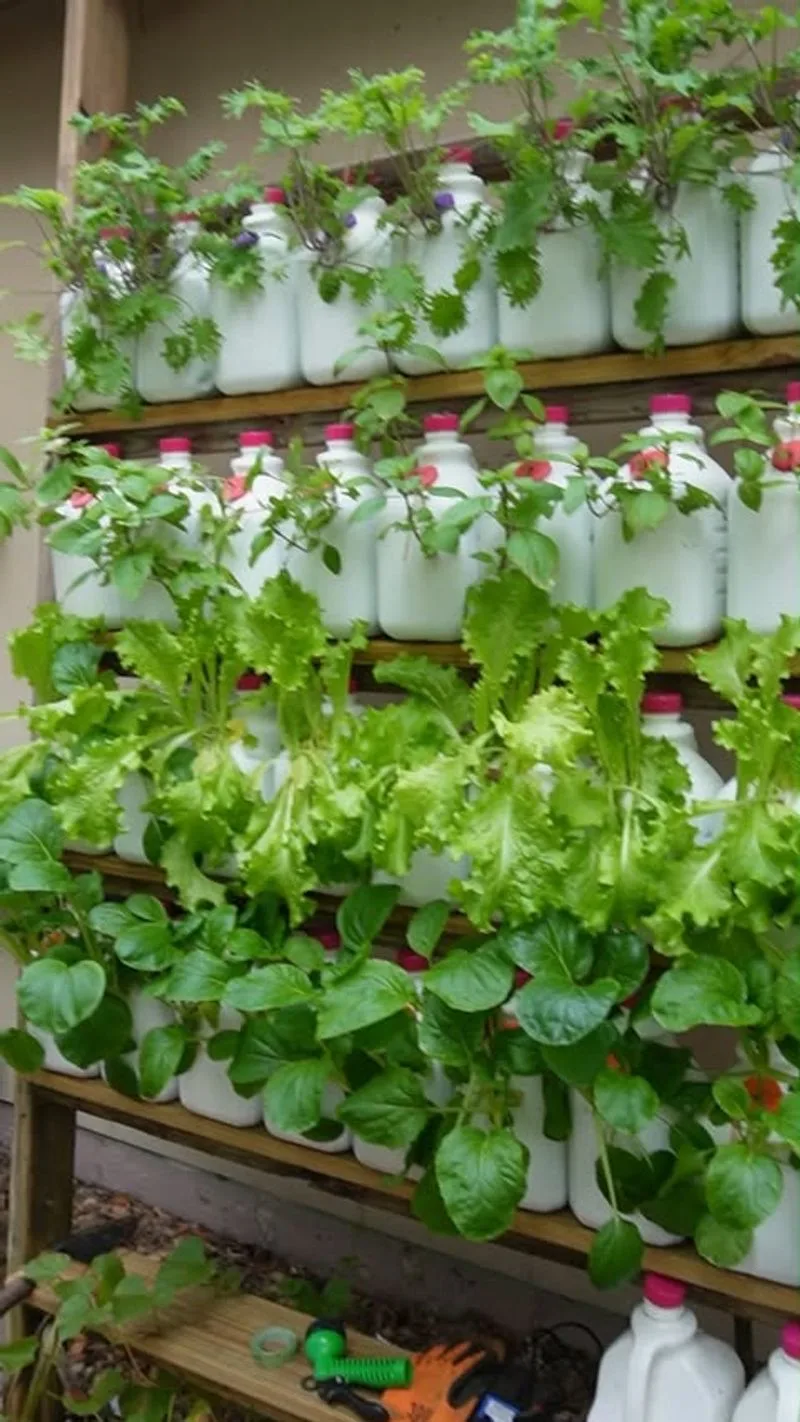
Vertical gardening is a game-changer for small spaces. Utilize walls, trellises, and vertical planters to expand your growing area. This method is perfect for urban gardeners with limited ground space.
Growing upward not only saves space but also enhances air circulation, reducing disease risk. It’s ideal for vining plants like cucumbers and peas, which naturally climb structures.
Experiment with creative designs such as hanging pots or living walls. Vertical gardens can also serve as beautiful, functional barriers between different zones, adding dimension to your setup.
Adopt Organic Pest Control Methods
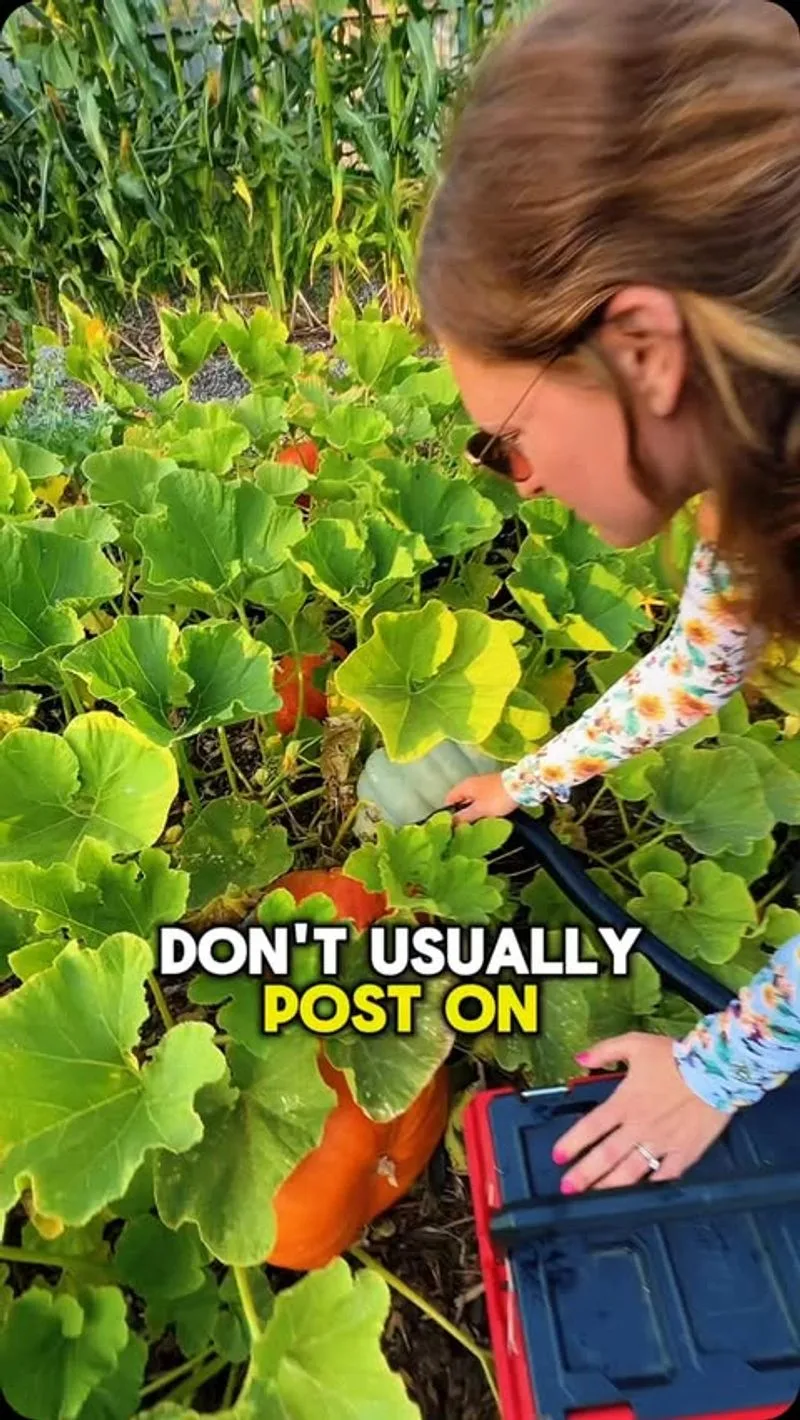
Organic pest control focuses on natural solutions to common garden problems. Introduce beneficial insects, such as ladybugs, which prey on aphids and other pests.
Utilize homemade sprays derived from neem oil or garlic to deter unwanted insects. Companion planting, as mentioned, can also be part of this strategy.
These methods minimize the need for chemical pesticides, promoting a safer environment for you and local wildlife. Embrace organic practices to protect the ecosystem while maintaining a thriving garden year-round.

